
Culebra: A Caribbean Jewel Unveiled
Discover Culebra, an unspoiled Caribbean paradise with world-renowned beaches, vibrant marine life, and tranquil natural beauty, just a short trip from Puerto Rico.
Culebra, a small island off the east coast of Puerto Rico, is a hidden gem in the Caribbean. Known for its stunning beaches, crystal-clear waters, and diverse marine life, this tranquil paradise offers an escape from the hustle and bustle of city life. The island's most famous beach, Flamenco Beach, is often ranked among the best in the world. Its soft white sand and turquoise waters make it a perfect spot for sunbathing, swimming, and snorkeling. Beyond the beaches, Culebra is a haven for nature lovers. The island is home to the Culebra National Wildlife Refuge, which covers over 20% of the island and provides a sanctuary for a variety of bird species. Visitors can explore the refuge's trails, enjoy birdwatching, and even spot sea turtles nesting on the shores. The surrounding coral reefs offer spectacular diving and snorkeling opportunities, allowing visitors to experience the vibrant underwater world. Culebra's charming town of Dewey offers a glimpse into the island's laid-back lifestyle. Here, tourists can enjoy local cuisine, shop for unique souvenirs, and mingle with friendly locals. The island's small size and limited development ensure a peaceful and unspoiled environment, making it an ideal destination for those seeking relaxation and natural beauty.
Local tips in Culebra
- Visit Flamenco Beach early in the morning to avoid crowds and secure a good spot.
- Rent a golf cart or scooter to easily explore the island and its hidden gems.
- Bring cash, as some local businesses do not accept credit cards.
- Pack reef-safe sunscreen to protect the coral reefs while enjoying water activities.
- Check the ferry schedule in advance, as services can be limited and tickets sell out quickly.
- Try the local seafood dishes at one of the quaint eateries in Dewey.
Culebra: A Caribbean Jewel Unveiled
Culebra, a small island off the east coast of Puerto Rico, is a hidden gem in the Caribbean. Known for its stunning beaches, crystal-clear waters, and diverse marine life, this tranquil paradise offers an escape from the hustle and bustle of city life. The island's most famous beach, Flamenco Beach, is often ranked among the best in the world. Its soft white sand and turquoise waters make it a perfect spot for sunbathing, swimming, and snorkeling. Beyond the beaches, Culebra is a haven for nature lovers. The island is home to the Culebra National Wildlife Refuge, which covers over 20% of the island and provides a sanctuary for a variety of bird species. Visitors can explore the refuge's trails, enjoy birdwatching, and even spot sea turtles nesting on the shores. The surrounding coral reefs offer spectacular diving and snorkeling opportunities, allowing visitors to experience the vibrant underwater world. Culebra's charming town of Dewey offers a glimpse into the island's laid-back lifestyle. Here, tourists can enjoy local cuisine, shop for unique souvenirs, and mingle with friendly locals. The island's small size and limited development ensure a peaceful and unspoiled environment, making it an ideal destination for those seeking relaxation and natural beauty.
When is the best time to go to Culebra?
Iconic landmarks you can’t miss
Playa Flamenco Beach
Experience the bliss of Playa Flamenco Beach, a pristine paradise in Culebra, Puerto Rico, known for its stunning waters and tranquil ambiance.
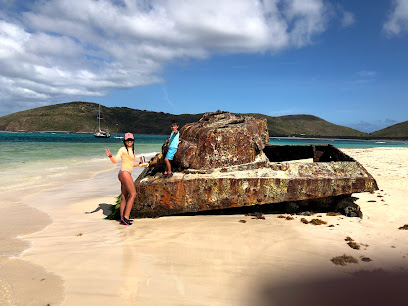
Dinghy Dock Restaurant
Experience Caribbean culinary delights at Dinghy Dock Restaurant in Culebra, Puerto Rico, where every meal is a taste of paradise.
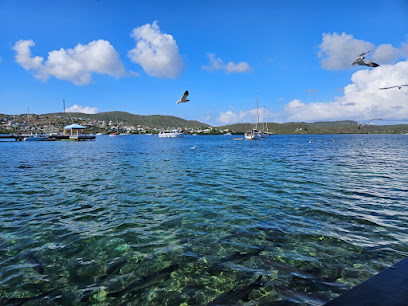
Flamenco Beach
Discover the breathtaking beauty of Flamenco Beach in Culebra, Puerto Rico - a paradise of white sands and crystal-clear waters perfect for relaxation and adventure.
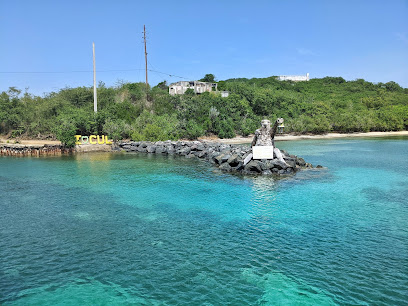
Reserva Natural de Culebra
Discover the breathtaking landscapes and rich biodiversity of Reserva Natural de Culebra, a true Caribbean gem for nature lovers and adventure seekers.
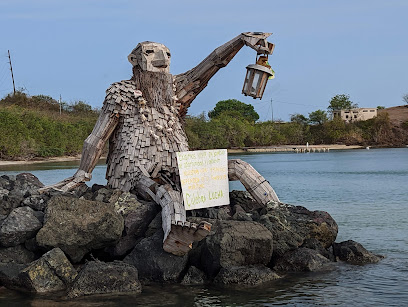
Mamacitas Guest House
Discover the charm of Mamacitas Guest House in Culebra, where vibrant island culture meets comfort and delicious seafood dining.

Blac Flamingo Coffee
Discover the vibrant atmosphere of Blac Flamingo Coffee in Culebra, where delicious brews and a cozy ambiance await every visitor.
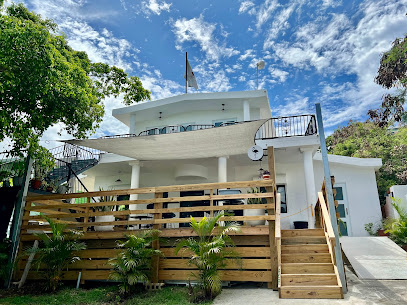
Tamarindo Beach
Discover the breathtaking beauty of Tamarindo Beach in Culebra, Puerto Rico, where crystal-clear waters and stunning sunsets await every visitor.
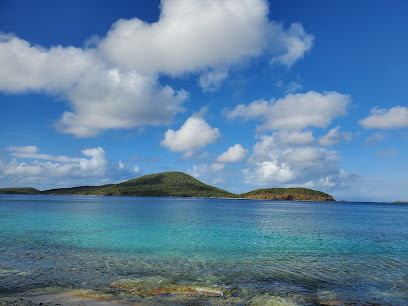
Culebra National Wildlife Refuge
Discover the stunning landscapes and diverse wildlife at Culebra National Wildlife Refuge, a breathtaking paradise in Puerto Rico.
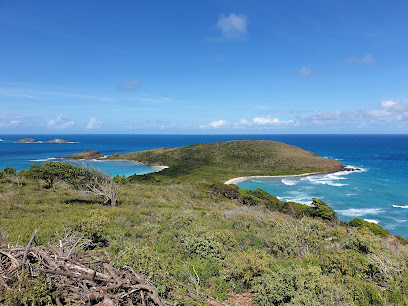
Playa Punta Soldado
Explore the tranquil shores of Playa Punta Soldado, a stunning beach in Culebra, Puerto Rico, perfect for sunbathing, snorkeling, and relaxation.
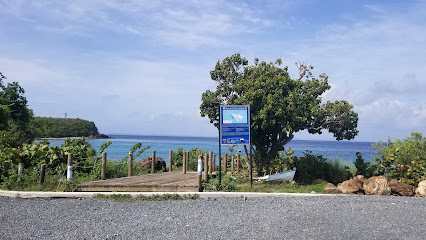
Culebra Beach Villas
Experience the serene beauty of Culebra Beach Villas, where stunning beaches and vibrant culture meet for a perfect tropical escape.

El Navegante de Culebra
Discover the charm and beauty of El Navegante de Culebra, a guest house perfect for beach lovers and cultural explorers in the Caribbean.
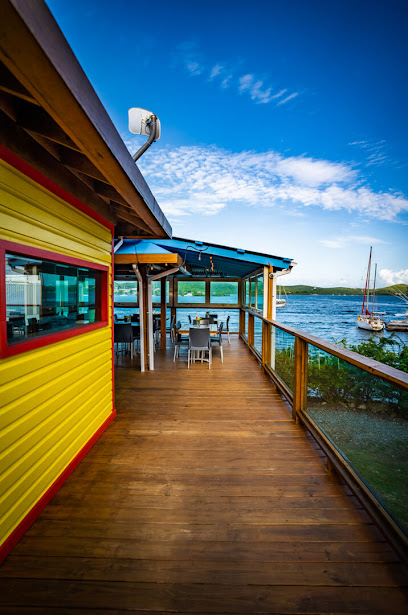
Culebra Snorkel with Locals
Experience the vibrant marine life of Culebra with personalized snorkeling tours by Culebra Snorkel with Locals, a local favorite for underwater adventures.
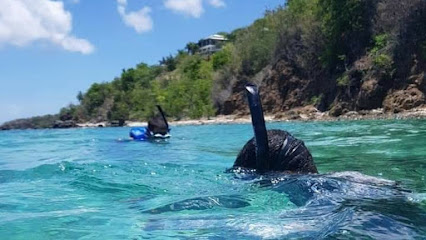
Gammy's Water Tours
Experience the breathtaking beauty of Culebra with Gammy's Water Tours, where adventure meets the stunning Caribbean waters in Puerto Rico.
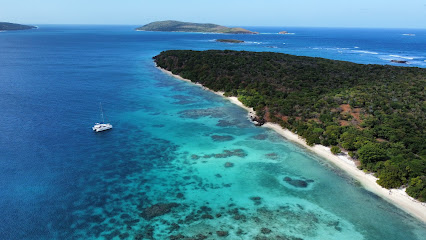
Culebra Divers
Explore the stunning underwater world of Culebra with Culebra Divers, your gateway to unforgettable scuba diving adventures in Puerto Rico.

Playa Sardinas
Discover the serene beauty of Playa Sardinas, a stunning beach in Culebra, Puerto Rico, perfect for relaxation, snorkeling, and breathtaking sunsets.
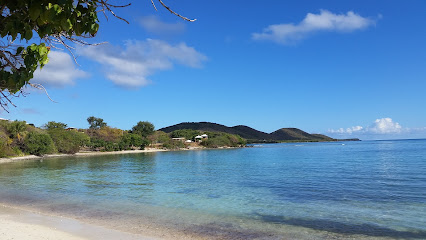
Unmissable attractions to see
Carabalí Rainforest Park
Experience the thrill of adventure in the lush rainforest of Puerto Rico at Carabalí Rainforest Park – where excitement meets nature.
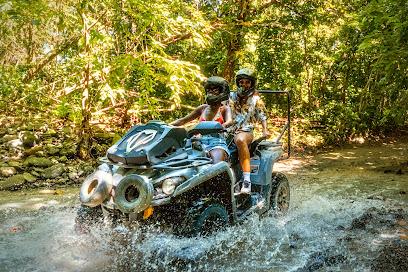
Bahía Viva Cataño
Explore the tranquil beauty of Bahía Viva Cataño, a stunning park and tourist attraction offering breathtaking waterfront views and lush greenery.
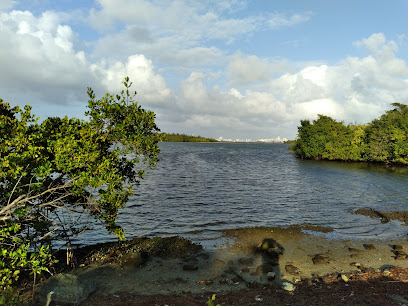
Snorkeling Puerto Rico | Boat Tours
Experience the vibrant underwater world of Fajardo, Puerto Rico, through unforgettable snorkeling adventures and breathtaking marine life encounters.
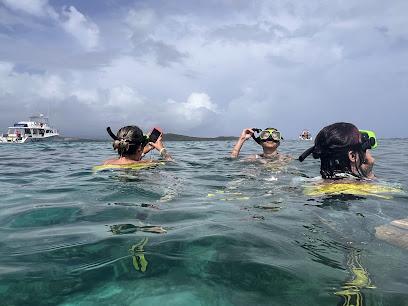
Magens Bay Beach
Discover the beauty of Magens Bay Beach, a tropical haven in St. Thomas, with soft sands, crystal-clear waters, and endless relaxation opportunities.
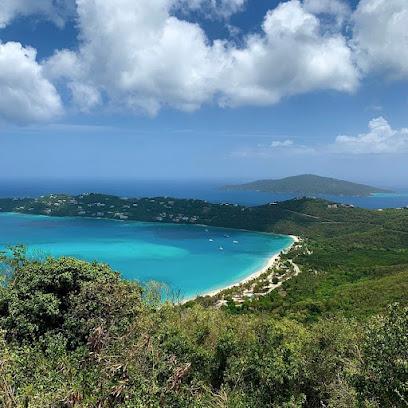
East Island Excursions
Explore the breathtaking Caribbean waters with East Island Excursions, your gateway to unforgettable boat tours and adventures in Puerto Rico.
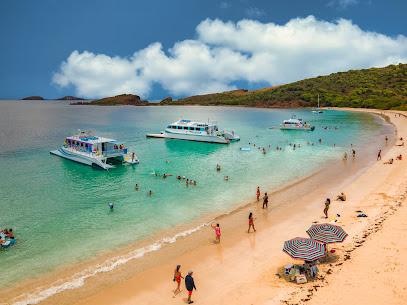
Coral World Ocean Park
Explore Coral World Ocean Park: An Unforgettable Journey into the Marine Wonders of St. Thomas, Virgin Islands.
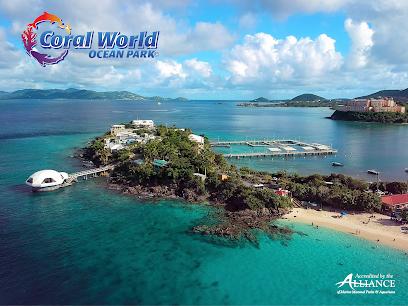
Mountain Top
Discover breathtaking views and unique shopping at Mountain Top, Saint Thomas' premier duty-free destination.
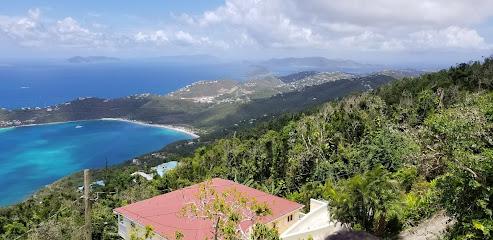
Liquillo Beach
Explore Luquillo Beach, a pristine paradise in Puerto Rico offering golden sands, clear waters, and delightful local cuisine for an unforgettable beach experience.
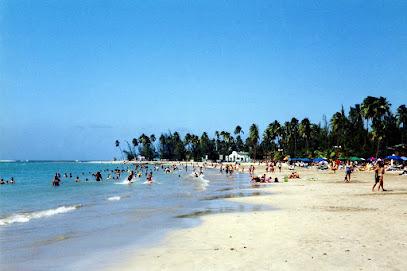
Las Pailas
Explore the stunning natural beauty of Las Pailas in Luquillo, Puerto Rico, where adventure meets tranquility in a breathtaking landscape.
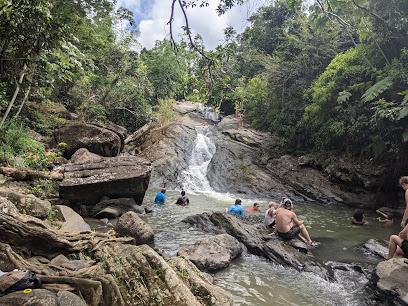
Torre Yokahú
Experience the breathtaking views of Torre Yokahú, an iconic observation deck nestled in El Yunque National Forest, Puerto Rico's tropical paradise.
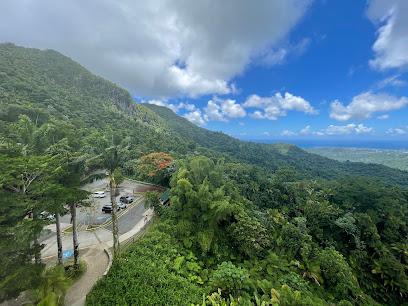
Parasail Virgin Islands
Discover breathtaking views and thrilling adventures at Parasail Virgin Islands in Sapphire Beach Marina, St. Thomas, where the sky is not the limit.
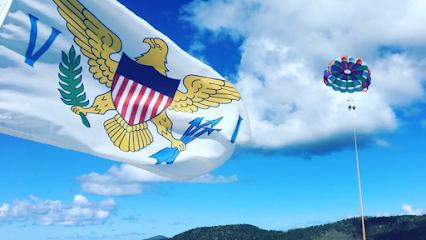
El Portal de El Yunque Visitor Center - El Yunque National Forest
Explore El Portal de El Yunque Visitor Center, your gateway to Puerto Rico's stunning national forest filled with lush landscapes and diverse wildlife.
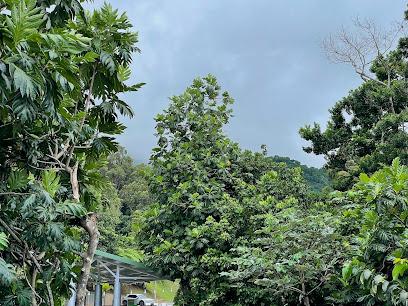
Coki Point Beach
Discover the serene beauty and vibrant marine life at Coki Point Beach, a top destination in St. Thomas for sun and fun.
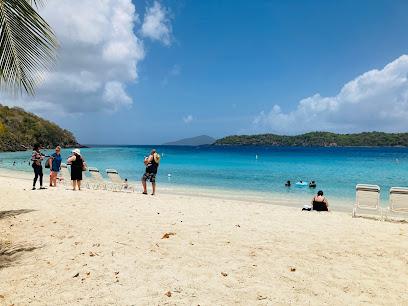
Dinghy Dock Restaurant
Experience the flavors of Puerto Rico at Dinghy Dock Restaurant, a premier dining destination in Culebra with stunning waterfront views.
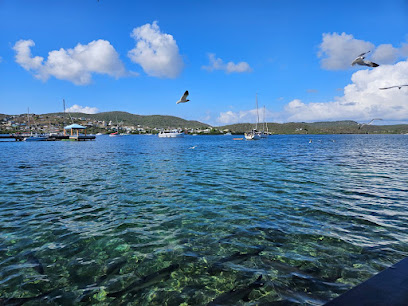
Charlotte Amalie Overlook
Experience stunning vistas and breathtaking scenery at Charlotte Amalie Overlook, one of St. Thomas's must-see tourist attractions.
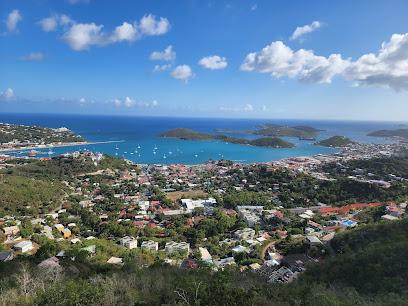
Essential places to dine
Dinghy Dock Restaurant
Experience authentic Caribbean flavors at Dinghy Dock Restaurant in Culebra—where every meal is a celebration by the sea.
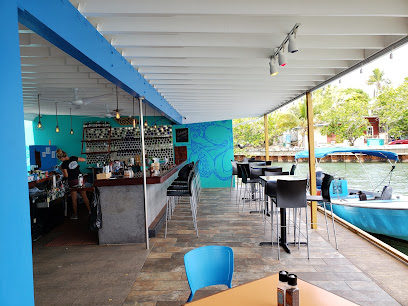
Zaco's Tacos Restaurant
Experience the vibrant flavors of Mexico at Zaco's Tacos in Culebra - where every taco tells a delicious story.

Heather's Pizza
Discover Heather's Pizza in Culebra - where every bite is a slice of paradise made with fresh ingredients and island flair.
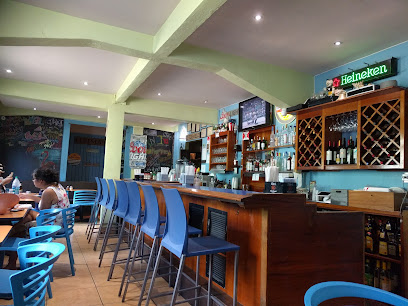
Mamacitas Guest House
Experience authentic island hospitality at Mamacitas Guest House – where delicious seafood meets cozy accommodations in beautiful Culebra.
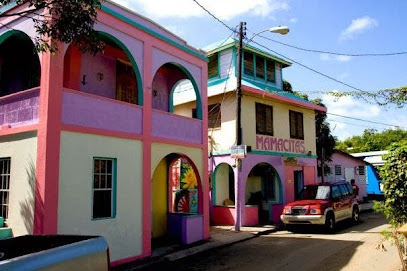
La Cocina Del Navegante
Discover authentic Puerto Rican cuisine at La Cocina Del Navegante in Culebra - where every dish tells a story.
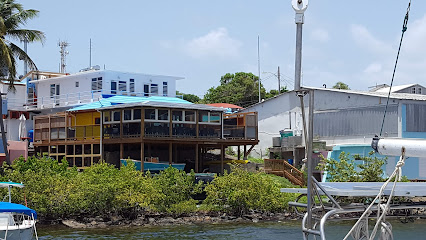
Mamacita's Restaurant and Bar
Experience the vibrant flavors of Puerto Rico at Mamacita's Restaurant and Bar in Culebra - A culinary gem with stunning views.
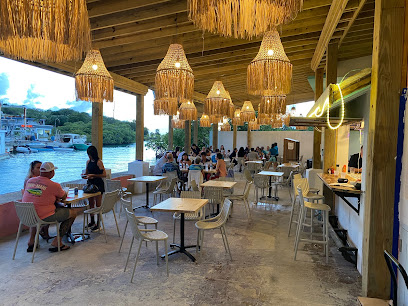
El Navegante de Culebra
Discover El Navegante de Culebra: A stunning oceanfront restaurant offering delicious Caribbean cuisine and comfortable lodging in paradise.
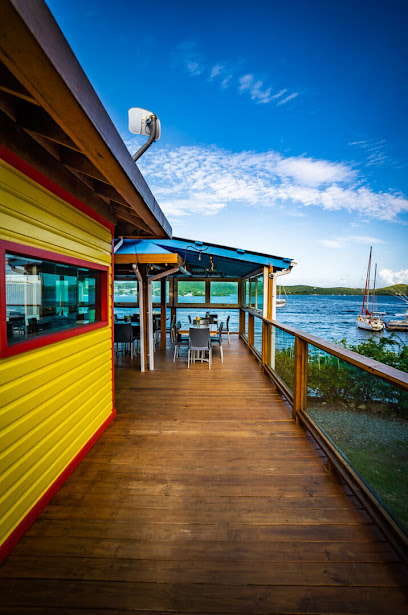
Harspoon's
Experience authentic Puerto Rican flavors at Harspoon's in Culebra – where every meal tells a story.
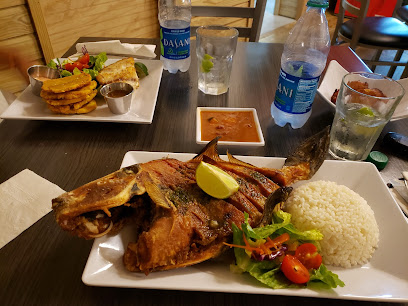
Tiki's Grill
Discover Tiki's Grill in Culebra: A vibrant American restaurant serving delicious dishes amidst breathtaking island views.
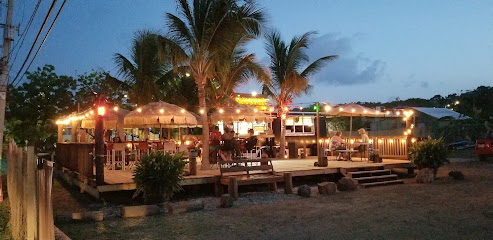
DomiRico Flavor Food Truck
Experience authentic Puerto Rican cuisine at DomiRico Flavor Food Truck in Culebra - where flavor meets family-friendly fun.
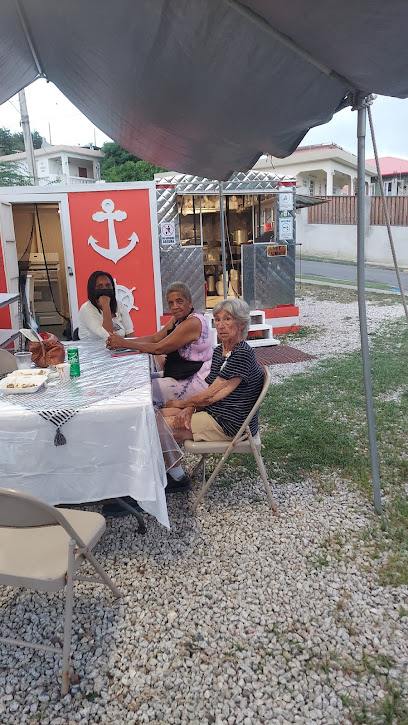
La Pista Cafe Restaurante
Experience authentic Puerto Rican cuisine at La Pista Cafe Restaurante in Culebra – where flavor meets island charm.
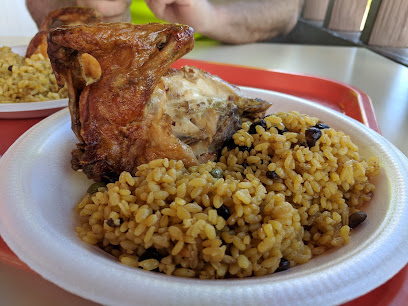
Culebra Coffee
Experience local flavors at Culebra Coffee: A must-visit cafe offering delicious breakfast and unique gifts in the heart of Culebra.
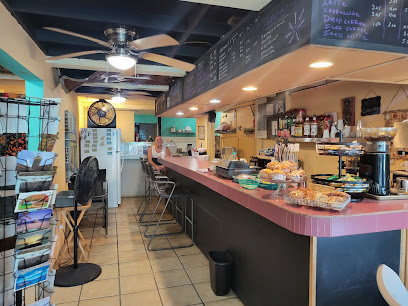
La Jíbara - Pizzeria Creativa
Discover unique and flavorful pizzas at La Jíbara in Culebra - where creativity meets tradition in every slice.
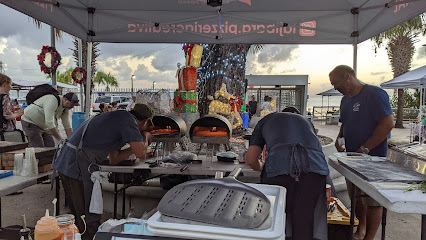
Treasure Bay Restaurant
Experience authentic Caribbean cuisine with breathtaking views at Treasure Bay Restaurant in Culebra.

Susie's
Discover the authentic taste of Puerto Rico at Susie's Restaurant in Culebra – where culinary tradition meets breathtaking views.
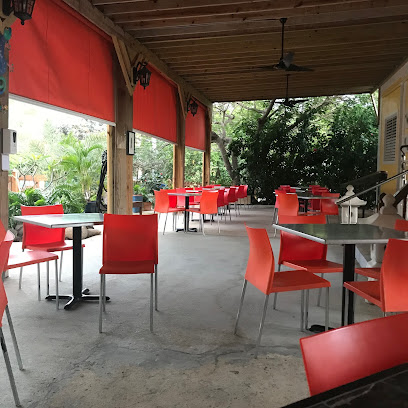
Markets, malls and hidden boutiques
Blac Flamingo Coffee
Discover the essence of Puerto Rican coffee at Blac Flamingo Coffee, a tropical paradise for coffee enthusiasts in Culebra.
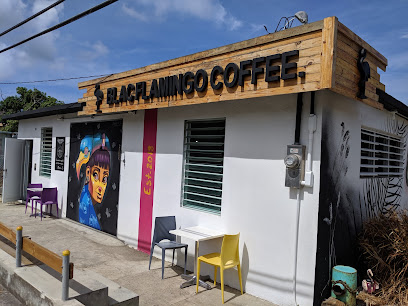
Pan Café
Discover the flavors of Culebra at Pan Café, a charming bakery offering freshly baked goods and a cozy atmosphere.
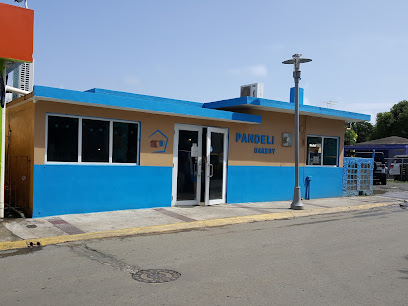
Colmado y Carnicería Milka
Experience authentic island living at Colmado y Carnicería Milka, Culebra's vibrant grocery store for local delights and fresh produce.
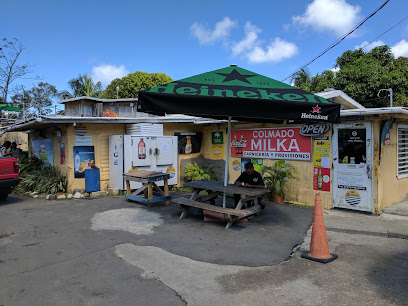
Colmado Costa del Sol
Discover the flavors of Puerto Rico at Colmado Costa del Sol, your go-to grocery store in Culebra for local products and culinary treasures.
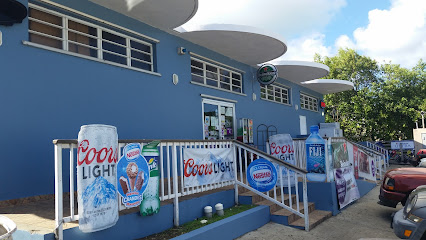
D's Garden
Discover local flavors and fresh produce at D's Garden, Culebra's charming grocery store and cultural hub.
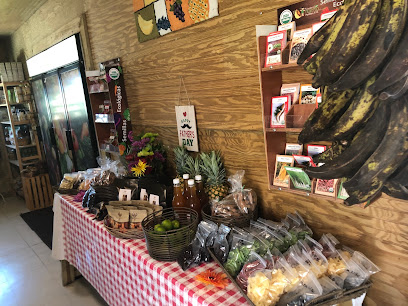
Culebra Coffee
Discover the vibrant flavors of Culebra at Culebra Coffee, the perfect spot for coffee, breakfast, and unique gifts on your island adventure.
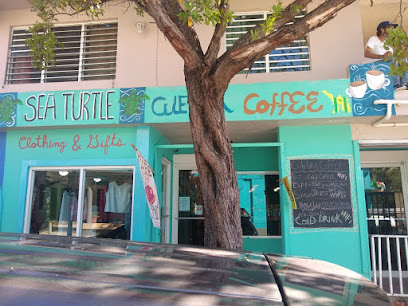
Rolls of Heaven
Experience the ultimate ice cream adventure at Rolls of Heaven in Culebra, where every scoop is a taste of paradise.
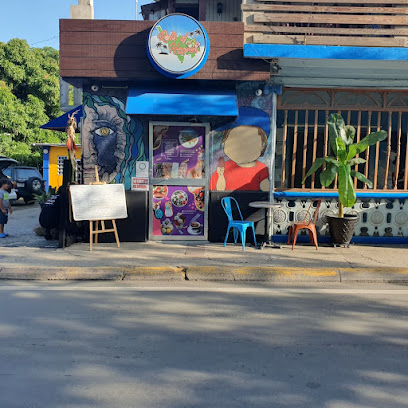
Gamkary Services LLC
Experience the sweetest side of Culebra with irresistible ice cream and açaí bowls at Gamkary Services LLC, a must-visit treat destination.
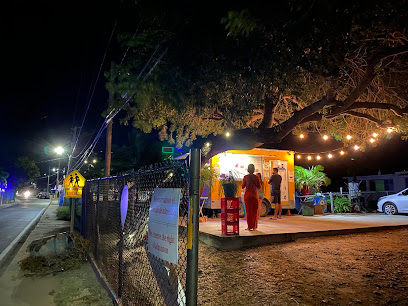
Culebra Snorkeling and Dive Center
Experience the breathtaking underwater wonders of Culebra with expert guidance at Culebra Snorkeling and Dive Center, your gateway to aquatic adventures.
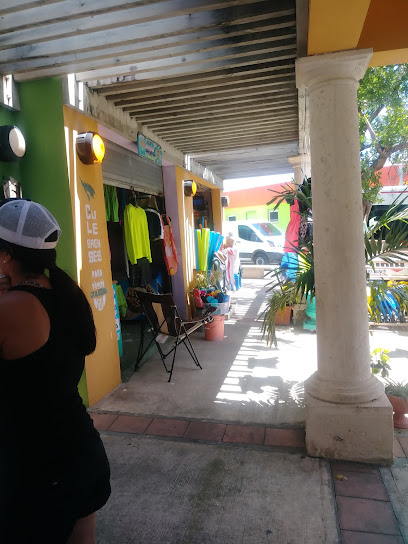
La Cava
Discover La Cava in Culebra for unique, island-inspired clothing and friendly service, perfect for tourists looking to embrace local style.

Superette Mayra's
Experience the heart of Culebra at Superette Mayra's, your local supermarket for essentials and unique island treasures.
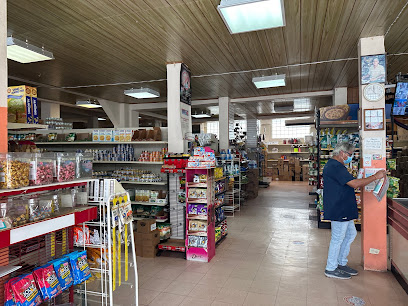
Latitud Perfecta
Discover the essence of Culebra at Latitud Perfecta, where exceptional coffee meets a vibrant local atmosphere.

Kokomo Café
Experience the vibrant flavors of Culebra at Kokomo Café, where coffee meets island charm in a cozy atmosphere.
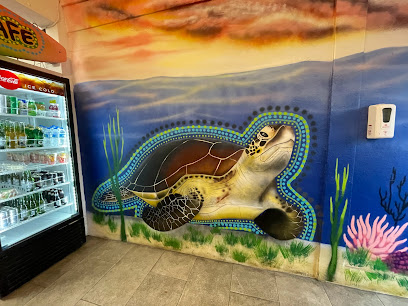
Gmart
Discover local flavors and essentials at Gmart, Culebra's charming general store, perfect for all your island adventure needs.
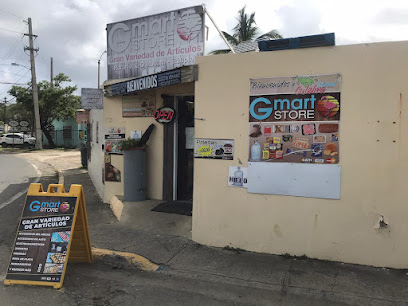
Galería de Regalos Gift Shop
Explore the vibrant Galería de Regalos Gift Shop in Culebra for unique souvenirs and local crafts that celebrate the island's spirit.
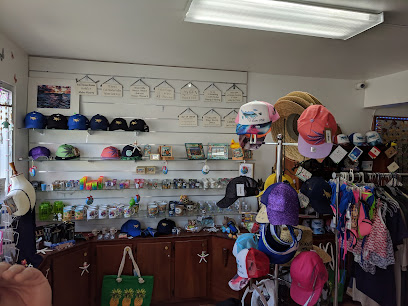
Essential bars & hidden hideouts
Dinghy Dock Restaurant
Savor the essence of Caribbean flavors at Dinghy Dock Restaurant, Culebra's premier dining destination for authentic Puerto Rican cuisine.
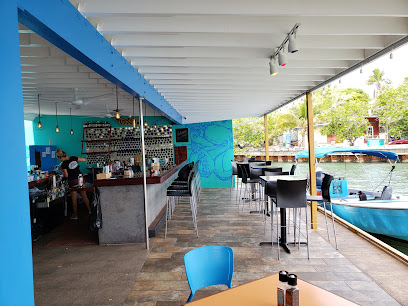
Zaco's Tacos Restaurant
Experience authentic Mexican tacos and local charm at Zaco's Tacos in Culebra, Puerto Rico - a must-visit culinary delight.
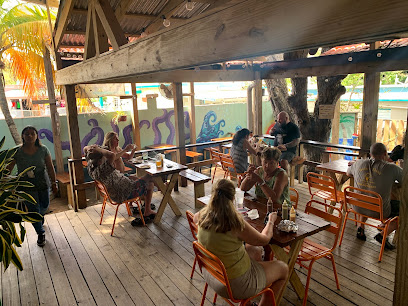
La Cocina Del Navegante
Discover the culinary delights of Culebra at La Cocina Del Navegante, where local flavors and tropical drinks create an unforgettable dining experience.
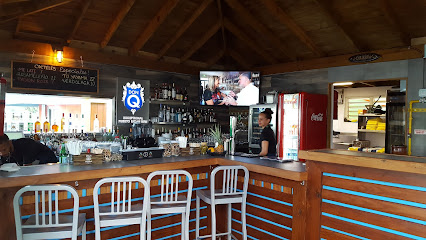
Mamacita's Restaurant and Bar
Experience the vibrant flavors of Culebra at Mamacita's Restaurant and Bar, where fresh seafood and tropical drinks meet stunning canal views.
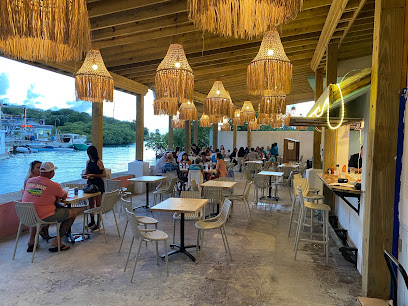
Harspoon's
Discover the vibrant culinary scene at Harspoon's in Culebra, where fresh local ingredients meet exceptional hospitality.
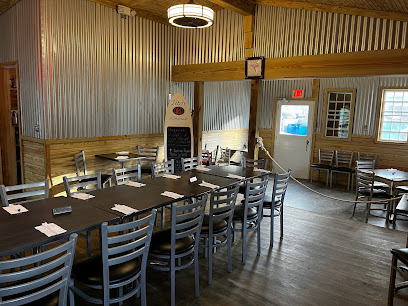
Tiki's Grill
Experience the charm of Tiki's Grill in Culebra, where American cuisine meets tropical vibes in a stunning island paradise.
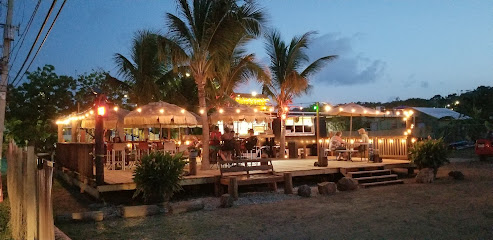
La Pista Cafe Restaurante
Discover the vibrant flavors of Puerto Rico at La Pista Cafe Restaurante, a charming eatery in Culebra offering authentic dishes in a cozy atmosphere.
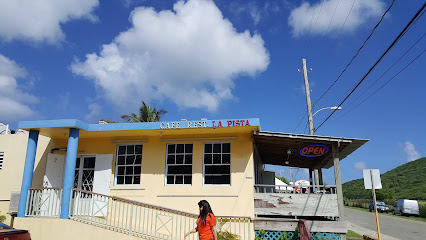
Treasure Bay Restaurant
Experience the vibrant flavors of the Caribbean at Treasure Bay Restaurant in Culebra, Puerto Rico, where culinary excellence meets stunning views.
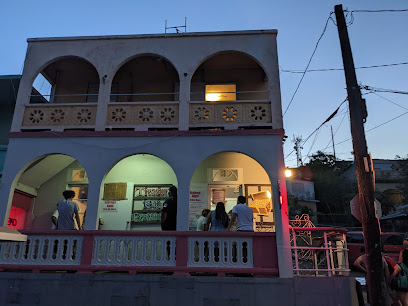
Susie's
Discover the authentic flavors of Puerto Rico at Susie's, a charming restaurant in Culebra offering exquisite local cuisine.

La Lobina
Discover the vibrant atmosphere of La Lobina, a perfect bar for tourists seeking relaxation and local flavors in Culebra.
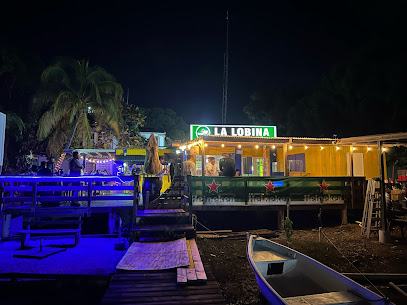
Kiosko La Pica
Experience the authentic taste of Puerto Rico at Kiosko La Pica, a vibrant eatery in Culebra serving mouthwatering local dishes.
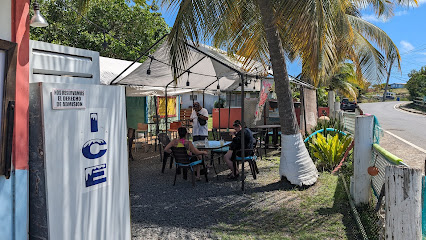
El batey
Experience the vibrant atmosphere and authentic flavors of El Batey, Culebra's favorite bar and tapas restaurant, perfect for relaxation and fun.
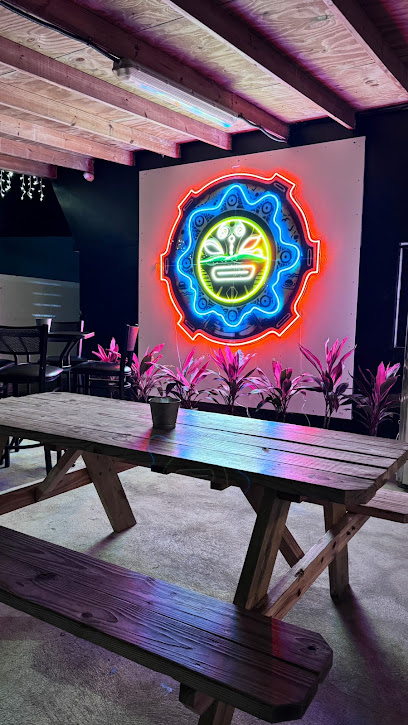
Happy Landing
Discover the vibrant atmosphere and refreshing drinks at Happy Landing, Culebra's unique drive-thru bar, perfect for beachgoers and adventurers.
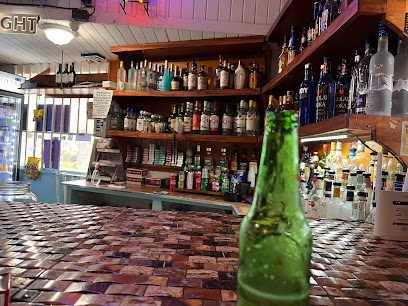
Moncho’s BBQ
Discover Culebra's culinary delight at Moncho’s BBQ, where flavorful grilled meats and island dishes await every visitor.
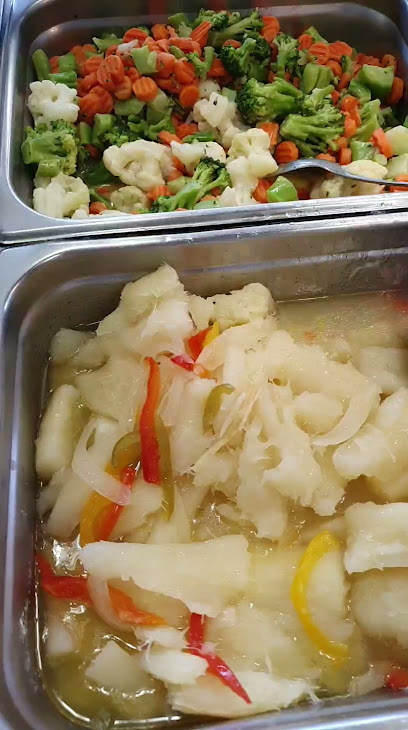
The Spot
Experience the vibrant nightlife at The Spot, Culebra's ultimate bar destination for locals and tourists alike.
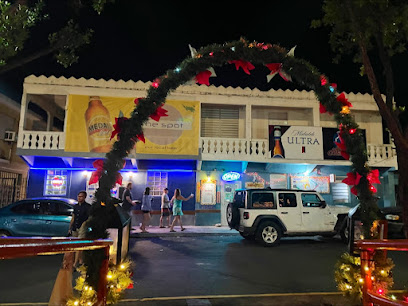
Local Phrases
-
- HelloHola
[Oh-lah] - GoodbyeAdiós
[Ah-dee-ohs] - YesSí
[See] - NoNo
[Noh] - Please/You're welcomePor favor/De nada
[Por fah-bor/Deh nah-dah] - Thank youGracias
[Grah-see-ahs] - Excuse me/SorryPerdón/Lo siento
[Pair-dohn/Loh see-en-toh] - How are you?¿Cómo estás?
[Koh-moh ehs-tahs] - Fine. And you?Bien. ¿Y tú?
[Byen. Ee too] - Do you speak English?¿Hablas inglés?
[Ah-blahs een-glays] - I don't understandNo entiendo
[Noh ehn-tee-ehn-doh]
- HelloHola
-
- I'd like to see the menu, pleaseMe gustaría ver el menú, por favor
[Meh goo-stah-ree-ah vehr ehl meh-noo, por fah-bor] - I don't eat meatNo como carne
[Noh koh-moh kahr-neh] - Cheers!¡Salud!
[Sah-loohd] - I would like to pay, pleaseMe gustaría pagar, por favor
[Meh goo-stah-ree-ah pah-gahr, por fah-bor]
- I'd like to see the menu, pleaseMe gustaría ver el menú, por favor
-
- Help!¡Ayuda!
[Ah-yoo-dah] - Go away!¡Vete!
[Veh-teh] - Call the Police!¡Llama a la Policía!
[Yah-mah ah lah Poh-lee-see-ah] - Call a doctor!¡Llama a un doctor!
[Yah-mah ah oon dohk-tohr] - I'm lostEstoy perdido
[Ehs-toy pair-dee-doh] - I'm illEstoy enfermo
[Ehs-toy ehn-fehr-moh]
- Help!¡Ayuda!
-
- I'd like to buy...Me gustaría comprar...
[Meh goo-stah-ree-ah kohm-prahr...] - I'm just lookingSolo estoy mirando
[Soh-loh ehs-toy mee-rahn-doh] - How much is it?¿Cuánto cuesta?
[Kwan-to kwehs-tah] - That's too expensiveEso es muy caro
[Eh-soh ehs mwee kah-roh] - Can you lower the price?¿Puedes bajar el precio?
[Pweh-dehs bah-hahr ehl pree-syoh]
- I'd like to buy...Me gustaría comprar...
-
- What time is it?¿Qué hora es?
[Keh oh-rah ehs] - It's one o'clockEs la una en punto
[Ehs lah oo-nah ehn poon-toh] - Half past (10)Las diez y media
[Lahs dee-ehs ee meh-dee-ah] - MorningMañana
[Mah-nyah-nah] - AfternoonTarde
[Tahr-deh] - EveningNoche
[Noh-cheh] - YesterdayAyer
[Ah-yehr] - TodayHoy
[Oy] - TomorrowMañana
[Mah-nyah-nah] - 1Uno
[Oo-noh] - 2Dos
[Dohs] - 3Tres
[Trehss] - 4Cuatro
[Kwah-troh] - 5Cinco
[Seen-koh] - 6Seis
[Seh-ees] - 7Siete
[Syeh-teh] - 8Ocho
[Oh-choh] - 9Nueve
[Nweh-veh] - 10Diez
[Dee-ehs]
- What time is it?¿Qué hora es?
-
- Where's a/the...?¿Dónde está...?
[Dohn-deh ehs-tah] - What's the address?¿Cuál es la dirección?
[Kwahl ehs lah dee-rehk-syohn] - Can you show me (on the map)?¿Puedes mostrarme (en el mapa)?
[Pweh-dehs mohs-trar-meh (ehn ehl mah-pah)] - When's the next (bus)?¿Cuándo es el próximo (autobús)?
[Kwan-doh ehs ehl proh-ksee-moh (ow-toh-booos)] - A ticket (to ....)Un boleto (a ...)
[Oon boh-leh-toh (ah ...)]
- Where's a/the...?¿Dónde está...?
History of Culebra
-
Culebra, originally known as Isla Pasaje and later Isla de San Ildefonso, was first inhabited by the Taíno people. They were skilled navigators and fishermen who left behind artifacts such as pottery and stone tools, evidence of their presence and rich culture.
-
In 1493, Christopher Columbus is believed to have been the first European to sight Culebra during his second voyage to the New World. However, it was not until the 19th century that the island saw significant European settlement.
-
In 1875, the Spanish crown officially established the island as part of Puerto Rico. A small settlement was founded by Cayetano Escudero and the island was named Isla de San Ildefonso after a bishop. The era saw the establishment of the first permanent community and basic infrastructure.
-
In 1901, the United States Navy began to use Culebra as a gunnery and bombing practice site. This period marked a significant shift in the island's history, influencing its development and the lives of its residents. Protests in the 1970s eventually led to the Navy's departure in 1975.
-
In 1976, after the Navy's departure, much of Culebra was designated as a National Wildlife Refuge. This status helped preserve its natural environment, protecting the coral reefs, sea turtle nesting sites, and bird populations that make the island ecologically significant.
-
Today, Culebra is known for its stunning beaches, particularly Flamenco Beach, which is often ranked among the world's best. The island's commitment to conservation and its laid-back atmosphere attract visitors looking for both adventure and relaxation.
Culebra Essentials
-
Culebra is accessible primarily by air and sea. The most common way to reach Culebra is by taking a flight from San Juan International Airport (SJU) to Benjamin Rivera Noriega Airport (CPX) on Culebra. Several small airlines operate these flights, which typically last about 30 minutes. Alternatively, you can travel by ferry from Ceiba, which is a 1.5-hour drive from San Juan. The ferry ride from Ceiba to Culebra takes approximately 45 minutes to 1.5 hours, depending on sea conditions.
-
Transportation on Culebra is relatively straightforward. The island is small and many attractions are within walking distance. Golf carts and scooters are popular rental options for getting around, and several rental companies operate on the island. Taxis are also available and can be a convenient option for longer trips. Note that there is no extensive public transportation system on Culebra, so plan accordingly.
-
The official currency in Puerto Rico, including Culebra, is the US Dollar (USD). Credit cards are widely accepted at most hotels, restaurants, and shops. However, it is advisable to carry some cash, especially for smaller establishments and local vendors. ATMs are available on the island, but it's a good idea to withdraw sufficient cash before arriving, just in case.
-
Culebra is generally a safe destination for tourists, with low crime rates. However, it is always wise to take standard precautions. Avoid walking alone at night in isolated areas and keep an eye on your belongings in crowded places, such as beaches and ferries. There are no specific high-crime areas targeting tourists, but it's always best to stay vigilant and aware of your surroundings.
-
In case of emergency, dial 911 for immediate assistance. Culebra has a small hospital and a police station to handle emergencies. It is highly recommended to have travel insurance that covers medical emergencies. For minor health issues, there are pharmacies available on the island where you can purchase over-the-counter medications.
-
Fashion: Do wear light, breathable clothing suitable for tropical weather. Avoid overly revealing attire when visiting local towns. Religion: Do respect local customs and traditions, although Culebra is generally relaxed about religious observance. Public Transport: As there is no extensive public transport system, renting a golf cart or scooter is recommended. Greetings: A simple 'Hola' or 'Buenos días' is a polite way to greet locals. Eating & Drinking: Do try local delicacies and seafood. Don’t litter, especially on the beaches, as conservation is important to the residents.
-
To experience Culebra like a local, visit the local markets and street vendors where you can find fresh produce and local crafts. Engage with residents, as they are often friendly and willing to share stories about the island’s history and culture. Don’t miss Playa Flamenco, often ranked among the world's best beaches. For a unique experience, visit the Culebra National Wildlife Refuge, which offers opportunities for birdwatching and snorkeling.
Trending Landmark in Culebra
-
Playa Flamenco Beach
-
Dinghy Dock Restaurant
-
Flamenco Beach
-
Reserva Natural de Culebra
-
Mamacitas Guest House
-
Blac Flamingo Coffee
-
Tamarindo Beach
-
Culebra National Wildlife Refuge
-
Playa Punta Soldado
-
Culebra Beach Villas
-
El Navegante de Culebra
-
Culebra Snorkel with Locals
-
Gammy's Water Tours
-
Culebra Divers
-
Playa Sardinas
Nearby Cities to Culebra
-
Things To Do in Vieques
-
Things To Do in Fajardo
-
Things To Do in Luquillo
-
Things To Do in Jost Van Dyke
-
Things To Do in West End
-
Things To Do in Carolina
-
Things To Do in Tortola
-
Things To Do in Road Town
-
Things To Do in Caguas
-
Things To Do in Bayamón
-
Things To Do in Guayama
-
Things To Do in The Valley
-
Things To Do in Spanish Town
-
Things To Do in Virgin Gorda
-
Things To Do in Dorado










